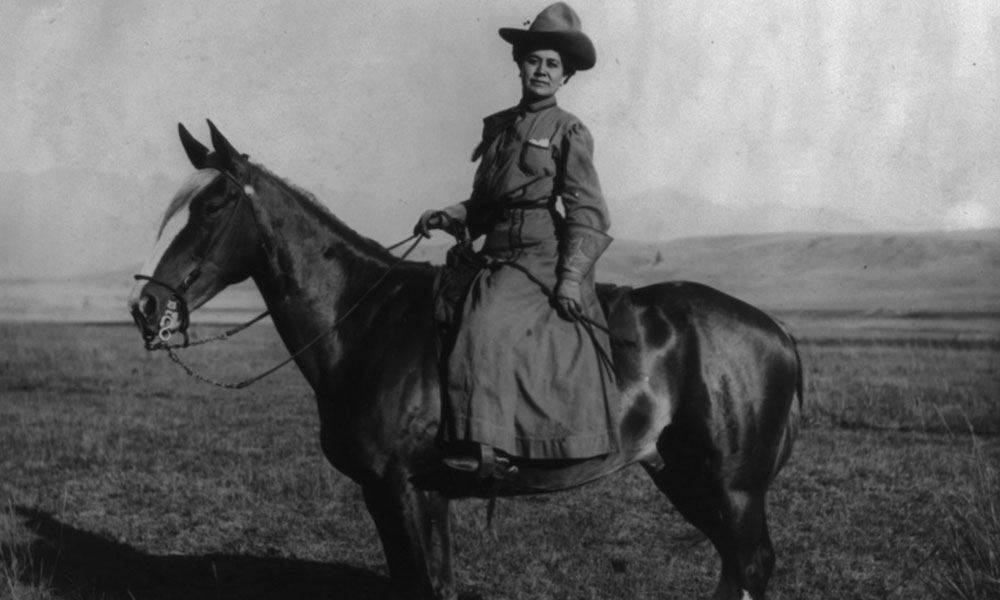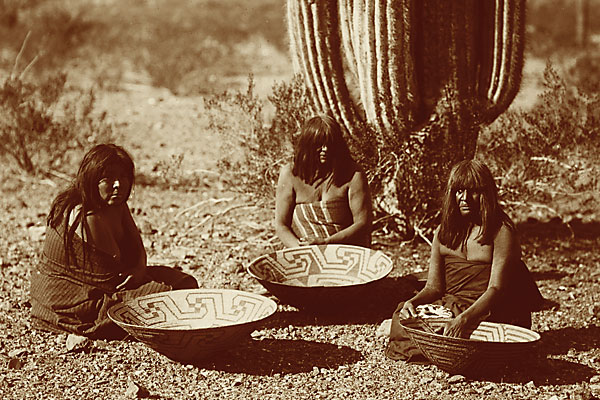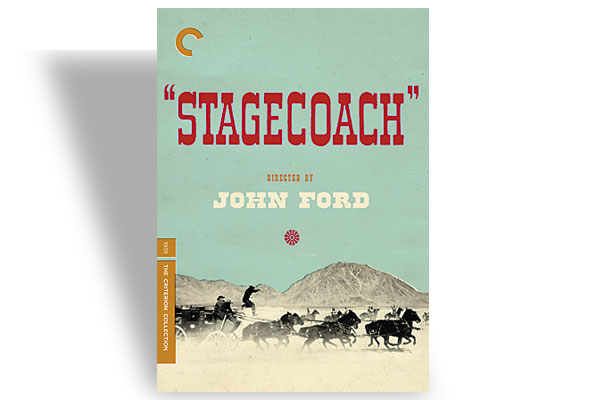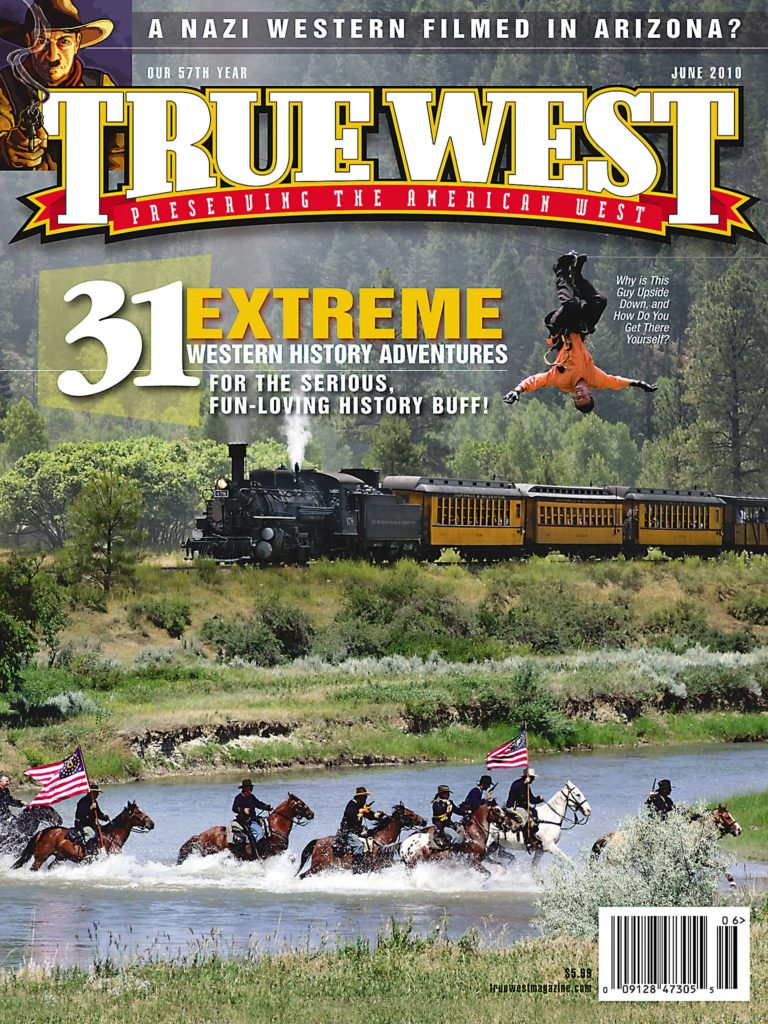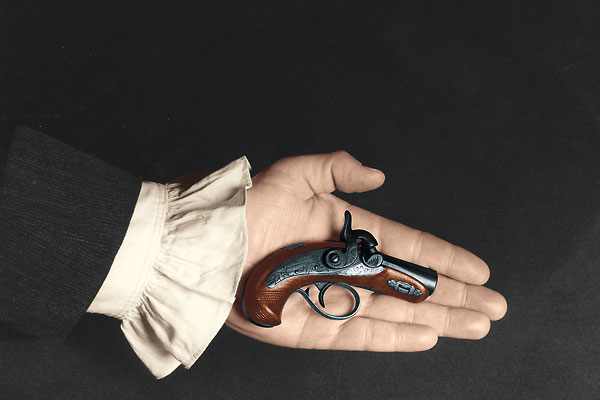
If any single gun had an impact on the history of the West, it was the palm-sized Deringer pistol that John Wilkes Booth used in 1865 to assassinate President Abraham Lincoln.
The single .41 caliber shot fired from this .44 caliber caplock helped to unleash an unfriendly federal policy on the Southern states, causing great numbers of ex-Confederates to head west in search of a new life.
Our Western territories had long provided an active market for the firearms trade, and Henry Deringer enjoyed much success as an arms maker in the first half of the 19th century. He manufactured everything from military rifles, Indian trade guns, dueling pistols, tomahawks and scalping knives.
Yet he is best known today for his single-shot pocket pistols. Deringer’s percussion pistols could be found in a variety of sizes and calibers, ranging from the short 3¾-inch (overall length) .36 caliber pocket models to .41 and .44-bore belt pistols that measured six inches long. He might have produced his famed pistol by the time of the California Gold Rush, if we believe an early California arms merchant who recalled, “I sold the first on this coast in 1849.” Nevertheless, Deringer pistols did not gain widespread favor until the mid-1850s.
Interestingly, they garnered much of their reputation in California. Despite the availability of repeating arms such as the pepperbox pistols and Colt’s revolvers, the one-shot Deringer pistols were among the most commonly found handguns in and around the gold camps and along San Francisco’s wicked Barbary Coast during these tumultuous times of the early 1850s.
Designed along the lines of a dueling pistol, Deringer guns exhibited excellent workmanship and were considered as rugged, reliable sidearms. The guns were intended as close-range defensive weapons and, unlike many other pistols of the era, their accuracy at card table ranges was actually good.
Philadelphia Deringers were made with rifled iron barrels that featured a separate screw-in breech plug and wore a faux Damascus browned finish. Their back-action locks, which bore the stamping “Deringer, Philadela,” were case hardened and engraved. Regardless of size, each gun’s furniture—such as the side plates, nose caps, trigger guards and escutcheons—were made of engraved German silver. Their walnut stocks were checkered.
Deringer sold his guns nationally through a number of agents, such as A.J. Plate and N. Curry of San Francisco, W.H. Calhoun of Nashville, Tennessee, and the New Orleans, Louisiana, firm of A.B. Griswold & Co., to name a few. Many of these Deringer agents stamped their own names on the tops of the barrels.
In time, however, as the Deringer pistol’s fame grew, so did its imitators, and a number of firms produced copies of Henry’s famous pistol. So much so that eventually the Deringer name later became synonymous for virtually all pocket pistols—including those “derringers” (misspelled with a double “r”) manufactured today. Such a reverence for the original Deringer is indeed a solid testimony to its quality.


